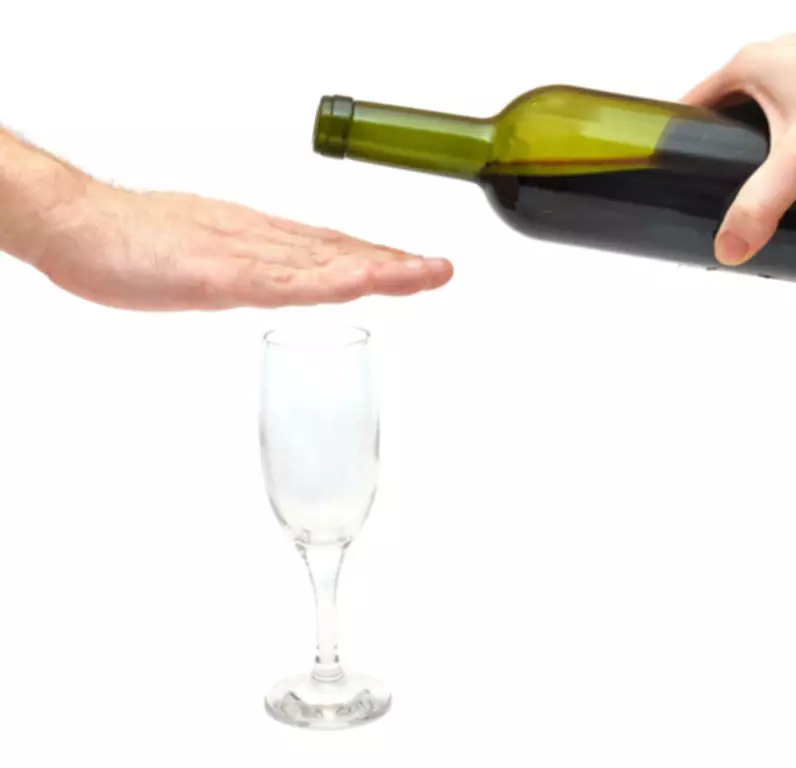
Self-help groups for people with a drug use disorder, like Alcoholics Anonymous and Narcotics Anonymous, or for loved ones of addicted individuals, like Al-Anon, are important to drug addiction recovery. With treatment, many people manage addiction and live full, healthy lives. But recovering from substance use disorders and behavioral addictions isn’t easy. Supportive friends, family members and healthcare providers play an essential role in effective treatment as well. While many people use the terms drug abuse and addiction interchangeably, abuse and addiction have separate and distinct meanings. The drug abuse definition centers more around the way a person uses drugs, while the drug addiction definition includes the use of drugs and also the psychological and physiological effects the drug has on the body.
- The ease of access to substances plays a critical role in substance abuse rates.
- The most common drug addictions in the United States vary, with alcohol, nicotine, and marijuana topping the list due to their widespread legal status and social acceptance.
- As drug use stops, engaging in other rewarding activities rewires the brain to find interest and pleasure in non-drug pursuits.
- Most users (59%) reported using inhalants 1-11 days in the past year, with felt-tip pens/markers being the most commonly used substance.
- Therefore, health care professionals diagnose these conditions by thoroughly gathering medical, family, and mental health information.
International Patients

The key difference between drug addiction and drug dependence lies in their distinct characteristics and impacts on an individual’s life. Drug addiction is characterized by a lack of control over drug use, where individuals continue to use substances despite knowing https://ecosoberhouse.com/ the harm they cause, indicating significant behavioral and psychological impairment. In contrast, drug dependence is primarily identified by tolerance and withdrawal symptoms, where individuals need larger amounts of a drug to achieve the same effect and experience physical symptoms when drug use is reduced or stopped.
Supportive-Expressive Psychotherapy
- Drug addiction, also called substance use disorder, is a disease that affects a person’s brain and behavior and leads to an inability to control the use of a legal or illegal drug or medicine.
- By Melissa Porrey LPC, NCCPorrey is a licensed professional counselor and writer based in DC.
- Inhalants cause immediate and severe damage to the heart, kidneys, brain, and liver.
- PHP typically involves several hours of treatment per day, 3-5 days a week, for a few weeks to months.
- Someone with an addition won’t stop their behavior, even if they recognize the problems the addiction is causing.
- Accidental overdoses result from either a young child or an adult with impaired mental abilities swallowing a medication left within their grasp.
- Discuss your observations and concerns with your child to try and open the conversation about potential substance abuse.
From the health workers in the trenches to the people who are taking their recovery one day at a time, we’ll highlight the efforts to advance the science and overcome the challenges of substance use disorder. An addiction is a chronic dysfunction of the brain system that involves reward, motivation, and memory. It’s about the way your body craves a substance or behavior, especially if it causes a compulsive or obsessive pursuit of “reward” and lack of concern Oxford House over consequences.

Short-term Effects of Depressants
- Adolescents and adults are more likely to overdose on one or more drugs in order to harm themselves.
- Medication-assisted treatment (MAT) is considered the gold standard, using medications such as methadone, buprenorphine, and naltrexone to reduce withdrawal symptoms and cravings.
- What starts as a choice becomes so deeply wired into the brain that the machinery of desire operates automatically, and the machinery of attention narrows focus to the drug and getting it.
- These evidence-based interventions demonstrate improved retention rates, decreased substance use, and better employment outcomes.
- Addiction may involve the use of substances such as alcohol, inhalants, opioids, cocaine, and nicotine, or behaviors such as gambling.
Abruptly quitting triggers unpleasant or dangerous withdrawal symptoms, depending on the drug and the level of dependence. Long-term misuse of prescription drugs results in serious health consequences that affect various organs and systems in the body. Dependence results from long-term exposure to drugs, including psychoactive medications, beta-blockers, and antidepressants, and manifests as manageable physical responses. Abrupt cessation of such drugs triggers withdrawal without addictive behavior. Addiction is a chronic disease characterized by drug seeking and use that is compulsive, or difficult to control, despite harmful consequences.

Generally, substance use disorders are defined as having no control over substance use or an inability to quit due to tolerance, dependence, and withdrawal symptoms. Treatment for drug addiction encompasses a range of approaches like detox, inpatient rehab, hospitalization, outpatient treatment, telehealth, therapy, Intensive outpatient programs, and more. These addiction treatments are designed to help individuals stop using drugs and address mental, physical, and behavioral symptoms what is drug addiction to achieve lasting recovery and sobriety.
- It is important to remember that relapse is common and doesn’t mean the treatment has failed you or your loved one.
- It is important to remember that the process of overcoming an addiction often requires many attempts.
- You can also get addicted to prescription or illegally obtained narcotic pain medications, or opioids.
Through thorough evaluation, primary care clinicians can screen patients using the abovementioned criteria. At the same time, social and familial support can be called upon to prevent the progression of addiction. While patients addicted to opioids may develop a tolerance for all other side effects, constipation, and miosis remain constant after the dosage. Therefore, providers should screen patients with these side effects before signs and symptoms of respiratory depression. Off-label uses exist for drugs like clonidine, an alpha-2 agonist for managing high blood pressure.

